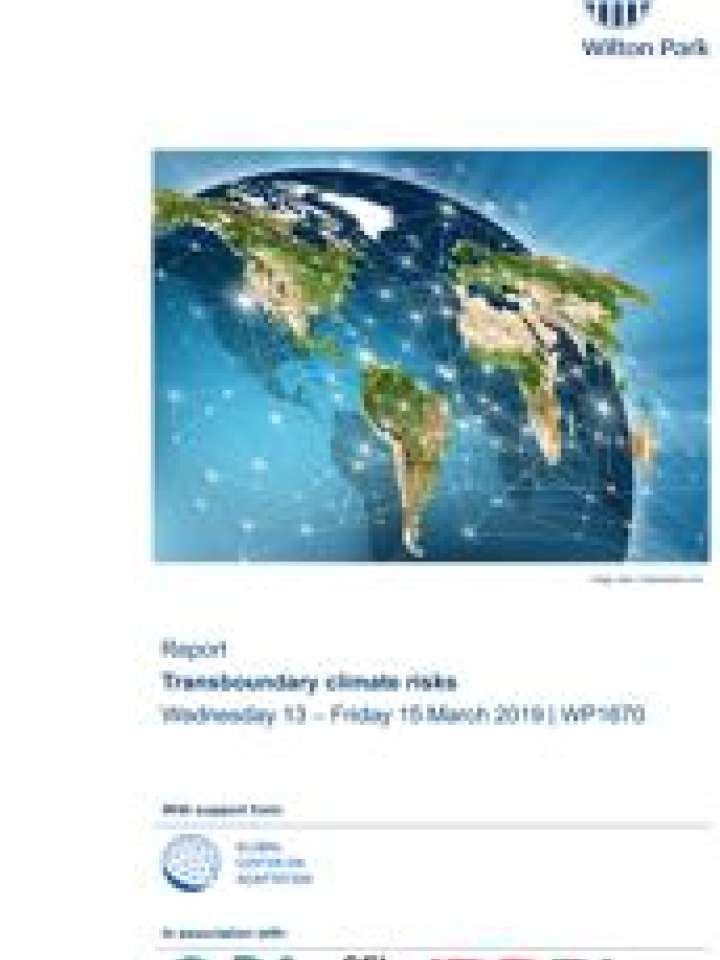Transboundary climate risks
As a systemic risk that intersects with other risk drivers (such as conflict and economic instability), climate risk is in many cases ‘borderless’ or ‘transboundary’ in nature. The dialogue examined challenges and approaches to understanding and addressing transboundary climate risk resulting from two distinct factors:
- The transboundary impacts of climate change
- The transboundary consequences of deliberate adaptation to climate change, both positive and negative
Greater connectivity between countries means that climate impacts in one country can resonate in other parts of the world via at least four types of risk ‘pathways’: biophysical, trade, people and financial. Similarly, adaptation measures in one part of the world can have positive or negative effects elsewhere – for example by affecting supply chains or diverting international watercourses for irrigation.
What has convened in this document, deals with the recognition that, despite the explicit acknowledgment in the Paris Agreement on climate change, that adaptation is a ‘global challenge ... with ... international dimensions’, it continues to be framed and addressed primarily at the local, subnational and national levels. Yet transboundary climate risk will affect all countries, regardless of their level of development, in accordance with the extent and nature of their integration into the global economy and their specific links with vulnerable countries.
Explore further
